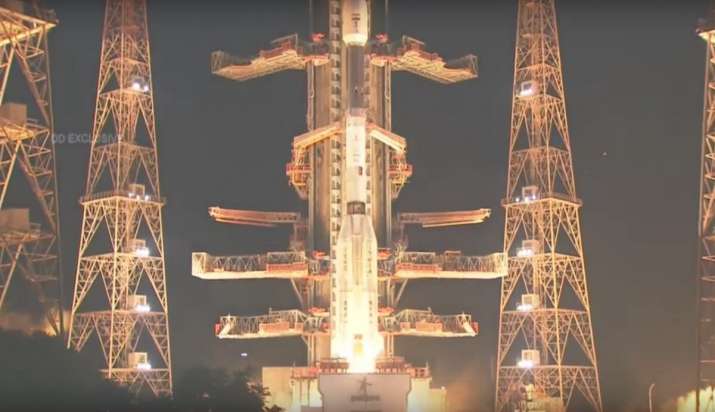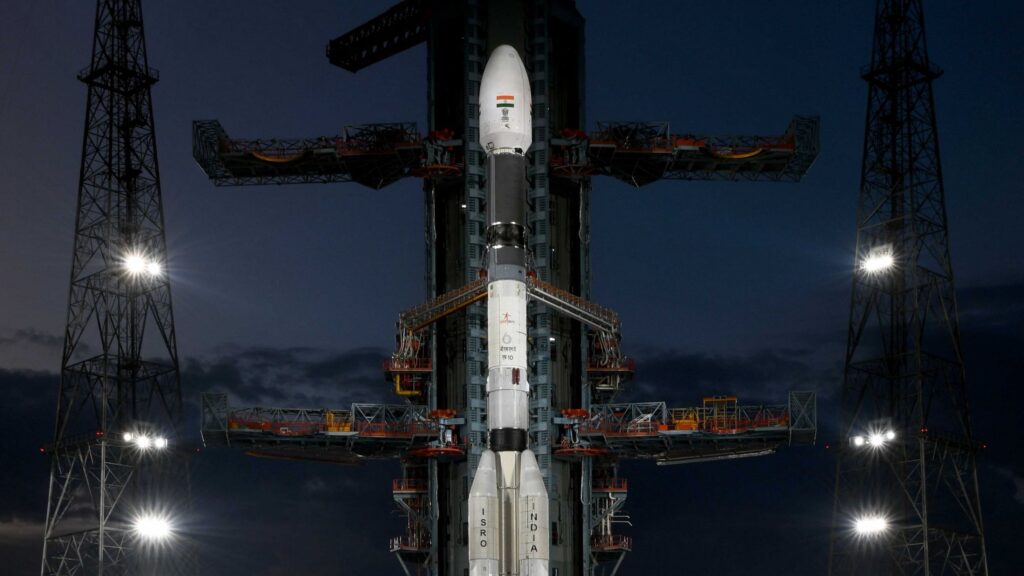#EOS-03 #nda #bestndacoachinginlucknow #topndacoachinginindia #ndacoaching #ndaacademy #no1coachingfornda

launch of EOS-03: Best NDA Coaching in Lucknow
What to watch in the launch of EOS-03
LIKE almost every other sector, India’s space programme has also suffered delays on account of the Covid-19 pandemic. Since the beginning of the outbreak in March last year, the Indian Space Research Organisation (ISRO) has managed just two launches-the earth observation satellite EOS-01 last November, and the one in February this year when 18 small satellites, mainly of other countries, were sent into space. Though work on the big ticket projects like the human spaceflight mission has continued in the background, the pandemic has upset the schedule of the launches, pushing back many keenly-awaited missions. Thursday’s launch of the EOS-03 satellite is expected to break that lull, and bring back activity in the Indian space scene.
A new launch, a new name
Thursday’s scheduled launch – in which ISRO will send an earth observation satellite on board a GSLV rocket-is a fairly routine event. ISRO has several earth observation satellites in orbit, even though this is only the second one with the new nomenclature that ISRO started to use last November. ISRO used to earlier name its satellites ac- cording to the purpose they were meant to serve. So, satellites that were meant to provide data for land topography and mapping were named Cartosat, while those making observations over sea were part of the Oceansat series. The INSAT series, Resourcesat series, GISAT, Scatsat, and a few more were all earth observation satellites, but named differently for the specific jobs they were assigned to do. All future earth observation satellites, however, will become part of the EOS series.
A different rocket
But with every launch these days, ISRO has also been trying something new. For the launch of EOS-01 in November last year for example, ISRO used a new variant of its PSLV rocket that had been used only once earlier. Unlike other rockets, this variant of PSLV does not go entirely waste after depositing the satellite in its orbit. Instead, the last stage of the rocket, what remains after the satellite has detached, can acquire its own orbit and can be used as an orbital platform for other onboard instruments that can perform experiments in space.
The rocket for Thursday’s flight, the GSLV F10, is equipped with a newly-designed pay load carrier at the top. The shape of the carrier has been designed to significantly reduce aerodynamic drag, and allows the rocket to carry much bigger payloads. EOS-03 is being sent ahead of EOS-02, which has been delayed. EOS-02 is now scheduled for a launch in September-October. That launch will try out a new rocket-SSLV, or small satellite launch vehicle. Though India has developed four rockets till now – SLV, ASLV, and different versions of PSLV and GSLV – only two are currently operational. The SSLV is designed to cater to the increasing demand for launch of small satellites, mainly from businesses and universities; it costs much less and consumes less energy.
What next in space?
The big-ticket missions, like the unmanned mission as a precursor to the first human space flight, Chandrayaan-3, and Aditya, India’s first mission to study the Sun, have been pushed back because of the pandemic. Fresh dates for these are yet to be announced, but a string of other launches are planned for this year. Among them, apart from EOS-02, are two more launches in this series-EOS-04 and EOS-06.












